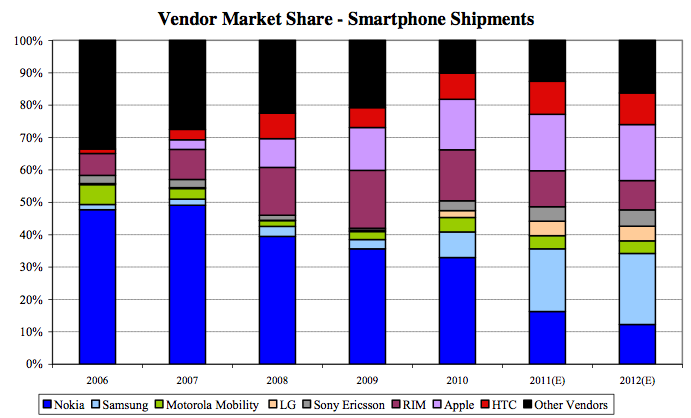Sony has always been extremely vocal about their smartphone strategy, insisting that they will eventually become the top Android handset maker. Traditionally, such comments tend to be grand without much to back them up, especially from Sony who has been known to be arrogant about topic matters, only to fall behind to competitors. However, if we take a step back from the quarter-to-quarter coverage of Sony’s smartphone venture and look at the company’s track record for the last three years, we might see a completely different take on the once-fledgling business venture.
When Sony released their then-flagship smartphone, the Xperia X10, the company was already playing catch up to the likes of Apple, LG, and Samsung. Even worse, when the Xperia X10 did finally launch, it came powered by Google Android 1.6, an 6-month-old OS build while competitors were launching with Android 2.1. Sony eventually announced and released Android 2.1 for the Xperia X10 but went on record that no further updates would come to the once-flagship phone. This, ironically, would leave the Xperia X10 out of Sony’s eReader bookstore, which promised wireless syncing between books purchased on Android smartphones and Sony’s Reader devices.
Months later, something changed at Sony and the company went back and stated that the Xperia X10 would indeed be getting further Android updates and eventually, Android 2.3 came to the Xperia X10. The company, from there, would actually be on the forefront of Android updates, releasing Android 2.3.4 before competitors, while the Xperia PLAY, neo, and mini received Skype 2.0 well before other Android phones would. The biggest announcement of all came in late October when Sony announced that they would buy the remaining shares of their joint venture with Ericsson and bring all future smartphone development in-house.
So, the question is: Have all these strategic decisions made a difference to the company’s bottom line and market share? In the most recent report by Oppenheimer, it seems so. According to the research, since 2009, Sony Ericsson (grey color) has been able to slowly increase its number of smartphone market shares and generated revenue. The numbers of course pale in comparison to Apple, Samsung, and HTC, as Apple alone accounts for 56% of the profits. Still, the numbers are encouraging when you account for the huge loss that Nokia continues to sustain quarter after quarter. So, although Sony still has a long road before they are to become a top Android smartphone vendor, the overall picture sheds a different light on the company’s future outlook, and, in my eyes, its a brighter one.
After the jump, view the full chart and, while you are there, share your thoughts with us.

Discuss:
Do you think Sony Ericsson is headed in the right direction?
[Via CNN Money]

